Kandy Day Tour
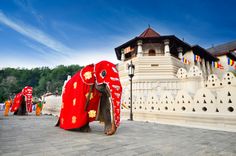
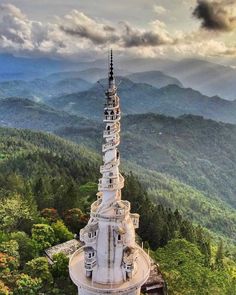
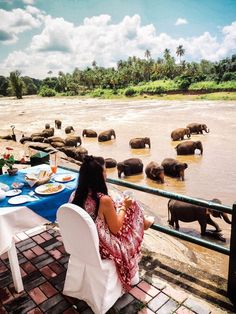
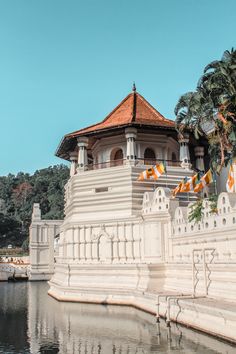
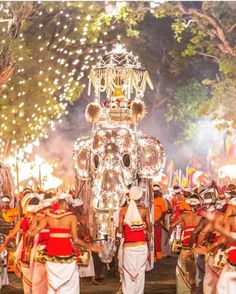
Description
The City of Kandy lies in the center of Sri Lanka at an elevation of about 600 meters from sea level and 115 kilometers away from Colombo and has its own cultural abundance around it. Kandy was the last capital of Sri Lankan kings' which was eventually snatched away by the English. As a result of torturous access routes through the mountains, Kandy, however, managed to hold its power against numerous foreign invasions from Portuguese, Dutch, and English. But it was betrayed by the local chieftains by signing a treaty with Britain at the "Magul Maduwa".The last king of Sri Lanka, King Sri wickrama Rajasinghe was imprisoned by the British.
The third point of the cultural Triangle which also comprises Anuradhapura and Polonnaruwa, Kandy is the cultural capital of Sri Lanka with a rich heritage of music, dance, and architecture. Home of the sacred Tooth Relic, the city is on nearly every visitor's itinerary. It also serves as a gateway to the Hill Country, the mountainous core of the island, where the countryside is dotted with tea plantations and towns still preserve the remnants of the British Colonial legacy.
Set amid verdant hills in the heart of the island, Kandy was founded during the reign of Wickramabahu III of Gampola (r.1357-1374). The city became the capital. of Sena Sammatha Wickramabahu's (r.1473-1511) kingdom in the 15th century, and its reputation was further cemented when the Tooth Relic arrived in 1592. Over the years, successive kings built, renovated, and rebuilt sections of the city, as they staved off Colonial powers. The British, however, were determined to conquer the whole island, and finally, in 1815, succeeded in overthrowing this last bastion of independence, thanks to the unpopularity of the tyrannical Sri Wickrama Rajasinghe. Kandy soon became an important center for trade,
with a railway line linking it to Colombo. Today, it is Sri Lanka's second city, renowned for the Temple of the Tooth and the spectacular Esala Perahera. Beyond the bustle of Kandy, the pace of life slackens and the temperate climate provides a welcome relief. The southern Hill Country presents a range of contrasts- from wild and rugged landscapes with gushing waterfalls to carefully manicured tea plantations carpeting the hillsides. The Colonial-era railway creaks along at dizzying heights, past former British hill stations, such as Nuwara Eliya and Badulla, which are now modern towns. The area's other attractions include the hill towns of Ella and Haputale, which offer scenic views and lovely winding walks.
Exploring Kandy and the Hill Country
Located in the heart of the island, Kandy is home to the famous Temple of the Tooth, which attracts visitors and pilgrims from across the world. The area surrounding the city offers a mix of historical and natural attractions, which include Kandyan-era temples, the picturesque Peradeniya Botanical Gardens, and the Pinnawala Elephant Orphanage. Those keen to explore the countryside can head for the Knuckles Range, north of the city. The southern Hill Country provides tea enthusiasts with the chance to visit factories and learn about tea production. Many visitors stop over at Nuwara Eliya to stay in one of its Colonial-era hotels or bungalows; the town also makes a good base for excursions to the Horton Plains National Park. Southwest of the town is Adam's Peak-climbing this mountain during the pilgrimage season is a moving experience. Walkers may also want to venture south to Sinharaja Forest Reserve to trek through the rainforest. The town of Ratnapura, famous for gem mining, can be visited on the way to or from Colombo.
| Day(s) : 1 | Max People : 10 | Get a Quote |
| Min Age : 0 | Pickup : Any location | Langauge - Any Language |